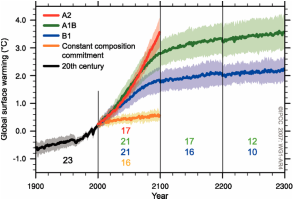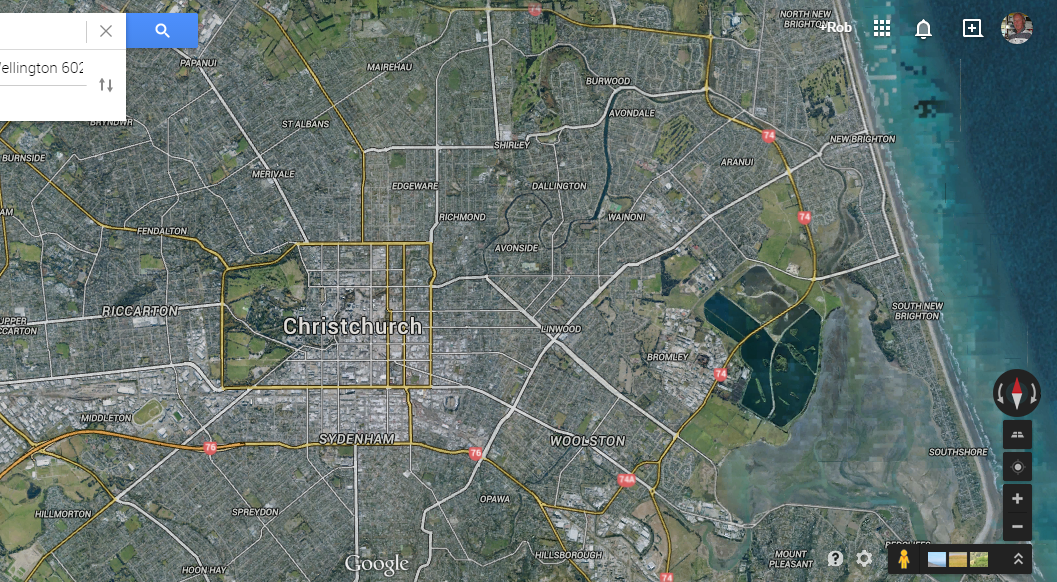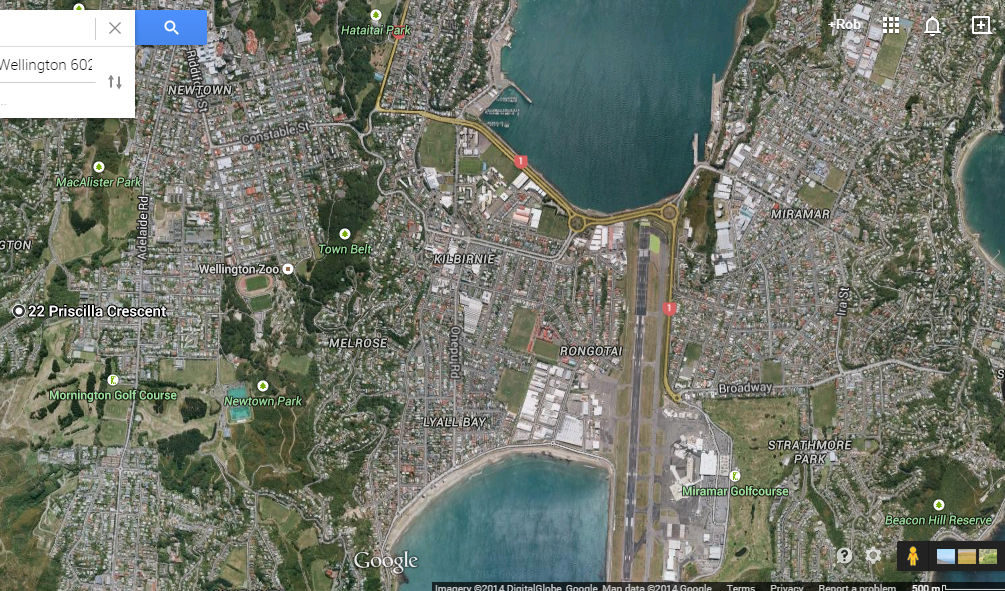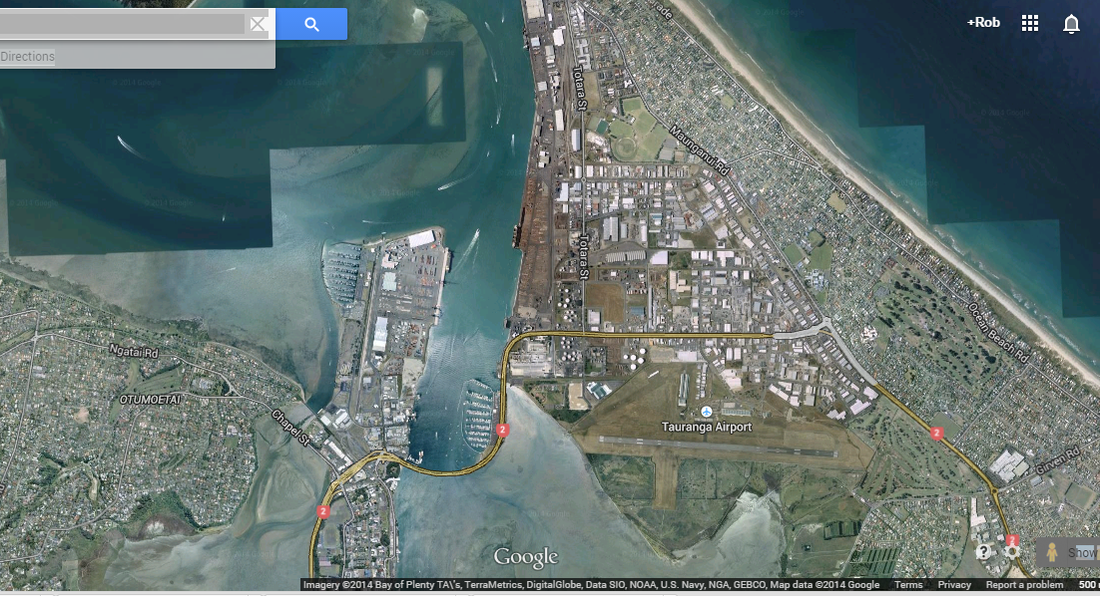
They have also forecast what will happen in a worst case scenario which is where we always are and many scientists working in the field believe that this is a much more realistic forecast.
West Antarctica consists of a string of islands covered in thick ice which is melting from below with warmer sea water, and from above with a warmer atmosphere. The sea ice buttressing the Pine Island and Thwaite’s glaciers has retreated 32 Kilometre’s and is now past the tipping point and will continue to disintegrate. These glaciers and many others in Antarctica are melting at a much faster rate than predicted and can add many metres to sea level.
All this means that we can expect a metre of sea level rise much sooner than the IPCC mid-range report indicates.
With this in mind it would be prudent to start looking at how much infrastructure is going to be flooded with a one metre sea level rise. Our two international airports are both within one metre of sea level and moving them to higher ground is not at all easy, it is exceptionally expensive and needs long term planning, especially with all the related infrastructure.
New Zealand has some of the best climate scientists in the world and has gained valuable knowledge from their research in Antarctica. We should be asking people like Tim Naish of the Victoria University, Wellington and his colleagues for a frank opinion as to when we are likely to have a sea level rise of one metre so that we can make a risk assessment of our infrastructure.
The maps below illustrate some of the threats to four of our major cities.


Around the country there are many valuable parts of our infrastructure on low lying land, such as the Marsden Point oil terminal and refinery, where we should have a realistic assessment of its future and when we should plan to replace it.
Politicians are notoriously short term planners but climate change is a much bigger event than World War 2 and it is relentless in its advance. The only thing in doubt is the timing.




 RSS Feed
RSS Feed